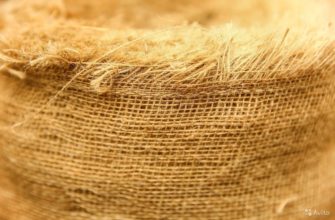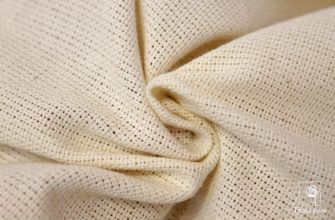Knitwear has recently become the most popular type of textile. Improvement of technologies, production of raw materials and obtaining knitted materials contributed to the prevalence of footer, which has won the love of consumers. Having entered everyday life, knitwear occupies a significant place in the lives of different segments of the population.
History of the origin of the material
There is no information about where exactly this fabric was first produced. The beginning of the 20th century was marked by wars, and assumptions about who the inventor was have sunk into the oblivion of history. It is possible that the birthplace of knitwear was Egypt or India, because these countries have been growing cotton since ancient times. But the lack of appropriate technology in the birthplace of cotton refutes this version.
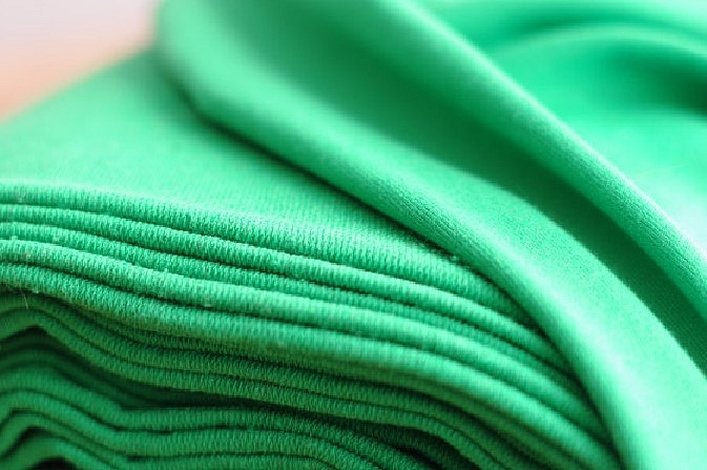
The fabric, despite the lack of history of creation, has a German origin of the name. The word Futter is translated as "lining fabric". There is little correspondence, but knitwear is used with pleasure for sewing clothes. The time of appearance is attributed to the beginning of the 20th century. Not so long ago, knitwear clothes became especially popular.
Important! Three-thread footer is made of pure cotton with a small proportion of synthetics. The fabric is especially loved due to its softness and ease of wearing. Pleasant to the touch, the fabric is liked by adults and children. But few people know what three-thread fabric is, why it is called that and how it is produced.
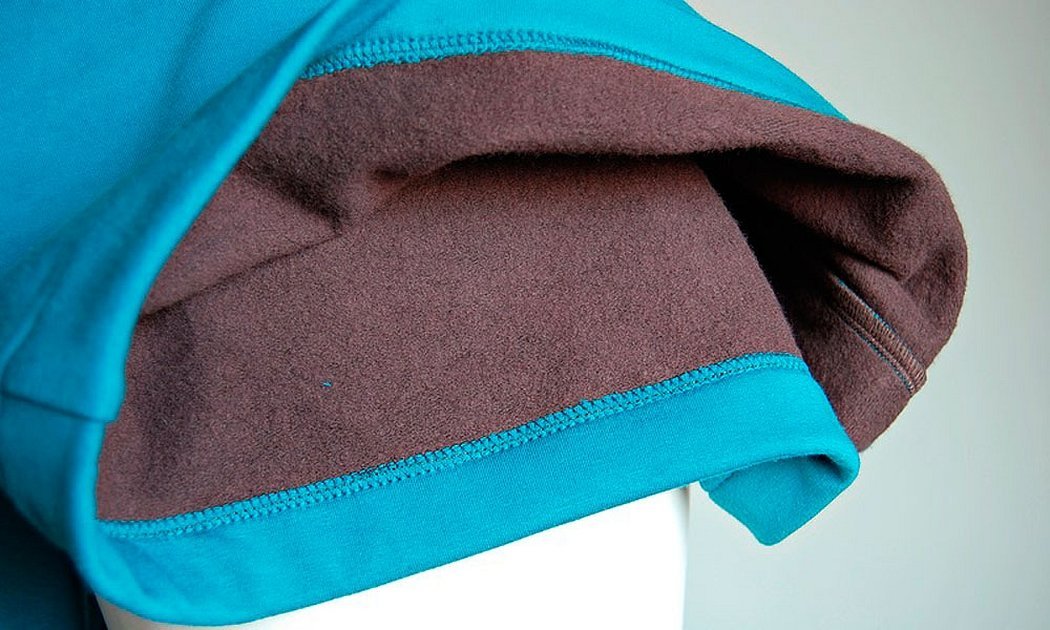
Production and composition of the footer
Cotton jersey remains a pleasant and comfortable fabric to wear. The smooth front side and delicate back side imply a special production technology. Weaving factories produce the material from two tight threads and a third fleece thread, creating a fleece underneath. Adding synthetic fibers to the raw material for the production of knitwear makes it elastic and wear-resistant.
The main thread (kulirnaya) is dense and tightly twisted, it creates the front side of the fabric. The loose structure of the terry thread creates a soft back pile by forming small loops.
The density of three-thread is 300 g/m2. 80% cotton, which is part of the knitted fabric, makes it warm. The addition of viscose or polyester improves the dyeing process. Knitwear is produced plain-dyed and printed like a melange of gray and white tones. Products are decorated with thermal printing patterns (print), embroidery and appliques.
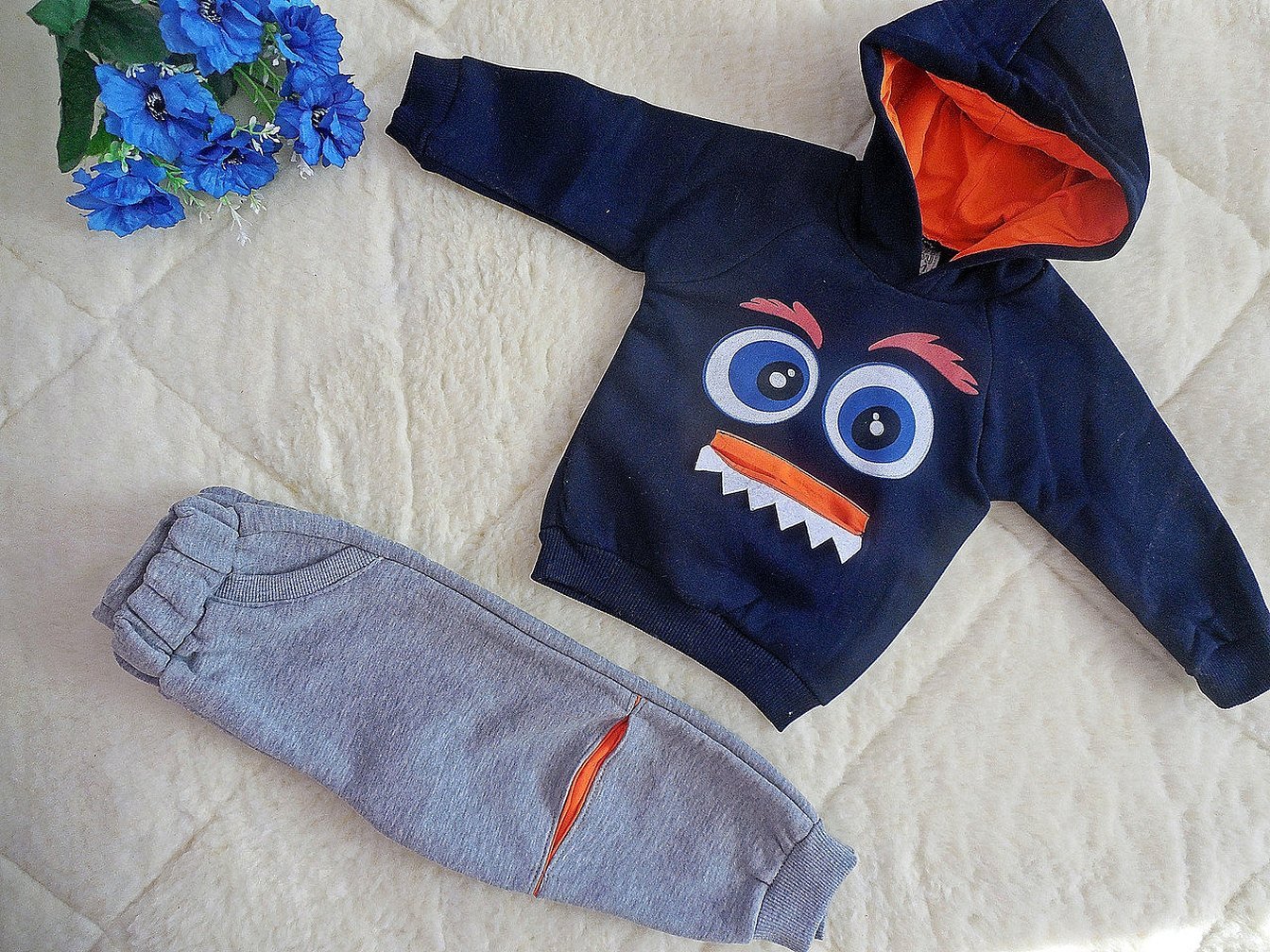
Properties
The two-thread footer is thin and napless, which is why it is called jersey on flannel. The dense three-thread footer is distinguished by the presence of a warm, thick fleece. Knitwear is divided into the following categories by type of fabric:
- flannel, suitable for sewing children's pajamas, sets and windbreakers, soft trousers;
- fleece or fleece knitwear is used for sports and walking sets, sleeping bags for tourists and warm lining inserts for outerwear;
- fleece velour, the most expensive of the three-thread knitwear.
The demand for three-thread fabric due to its excellent fabric properties and natural fiber content determines its following qualities:
- Hypoallergenic material.
- High hygroscopic properties.
- Thermal insulation.
- Breathability.
- Strength.
- Duration of operation.
- Resistance to diagonal deformation.
- No rolling.
Note! Gives a slight shrinkage and can fade under the influence of sunlight. Very popular in the cold season.
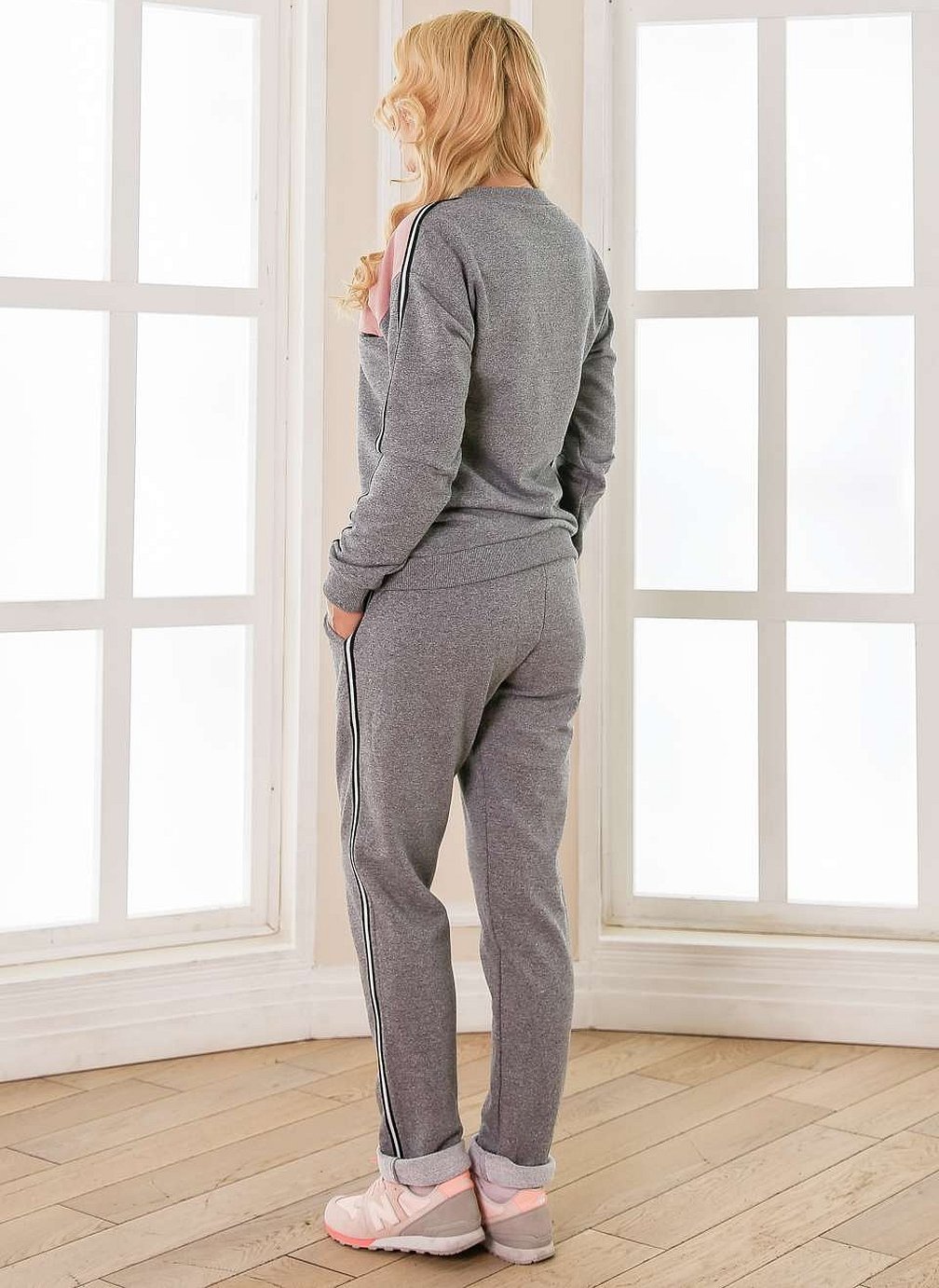
Types of fabric and areas of its application
Knitwear is divided according to the number of threads used into the following types:
- single thread, the thinnest of materials, used for sewing children's clothing;
- in two threads with a noticeable pile on the back, the addition of lycra makes the fabric durable and elastic, it is called loop footer because of its special decorative appearance;
- a particularly warm fabric containing cotton, polyester, wool and lycra is produced in three threads with a thick pile;
Three-thread fleece with a fleece is best suited for the production of sports kits and outerwear. The composition includes 80% of natural raw materials and 20% of various additives. Often presented as a gray melange, beautifully fitting into a wardrobe for any age. Does not differ in being easily soiled, which is in demand in sportswear or home clothes. Products are rarely dyed green.
Please note! Knitwear with the addition of lycra is used for sewing everyday and dressy clothes, children's sets, dressing gowns, and night pajamas.
Three-thread footer differs in the quality of the fabric by the length of the cotton fibers used:
- combed, the best of the varieties with a smooth silky face and a stable back pile, made from fibers 35 mm long;
- ring or carded is of lower quality, has some roughness on the surface, is made of 27 mm fiber;
- open end with a small amount of pile on the front side, gradually rolling up into a pile, is distinguished by its cheapness;
- Three-thread velour with a thick pile is distinguished by its density, retains heat well, and is highly valued.
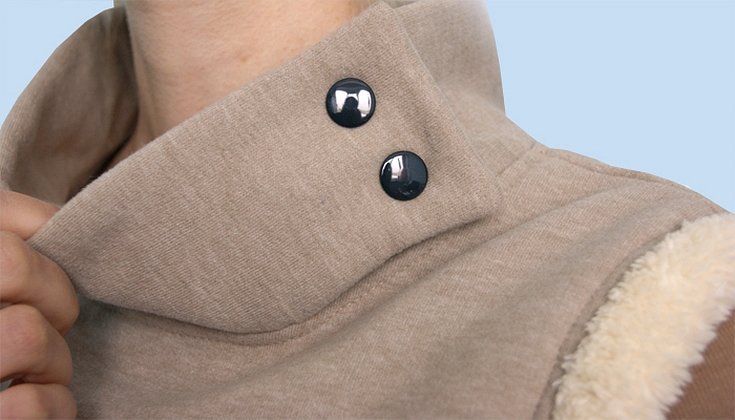
Fleece fabric: care and washing recommendations
Three-thread - what kind of fabric is it and how to care for it. Cotton fabric tends to shrink, so a delicate cycle at a water temperature of 50-60 degrees is recommended. Thin fabric should be washed at a temperature of 30 degrees. When buying clothes one size larger, you don't have to worry about further shrinkage of the fabric. The difference in volume after washing is insignificant.
Important! White items are washed with universal powders, and colored items are for hand or delicate washing. It is recommended to dry clothes in a well-ventilated room or under a canopy, avoiding contact of the item with sunlight. 3-thread fleece with a nap is hung out to dry semi-damp. The ironing mode for knitwear corresponds to the "cotton" division.
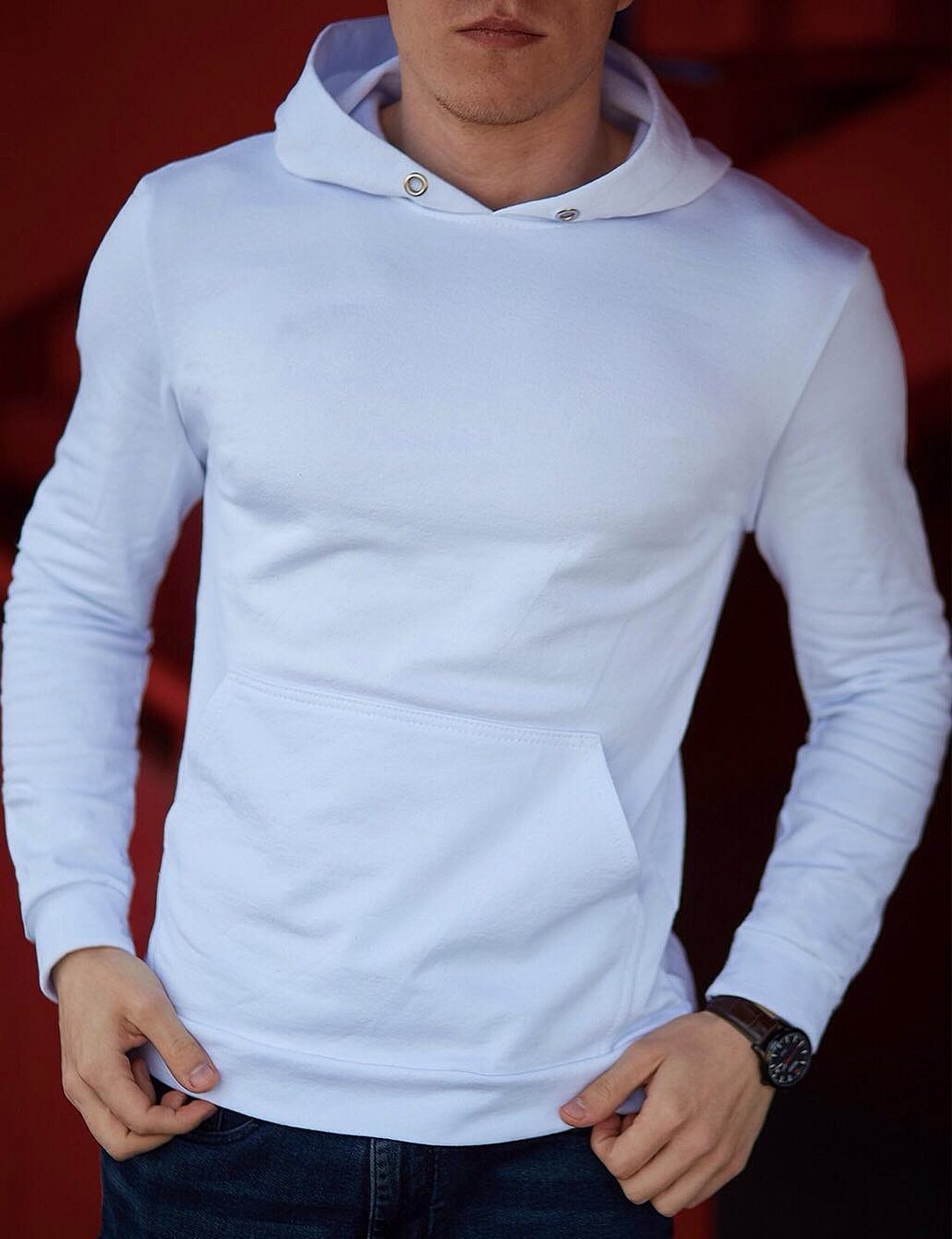
Pros and cons
The advantages include the naturalness and eco-friendliness of the fabric, the ability to absorb moisture, while maintaining hypoallergenic qualities. The air permeability of the material saves heat, providing air access. High hygienic properties of knitwear are used in the production of clothes for infants and allergy sufferers without the risk of causing harm. Ease of care and resistance to diagonal deformation are supported by strength and wear resistance. A long period of wear without snags and abrasions pleases the consumer.
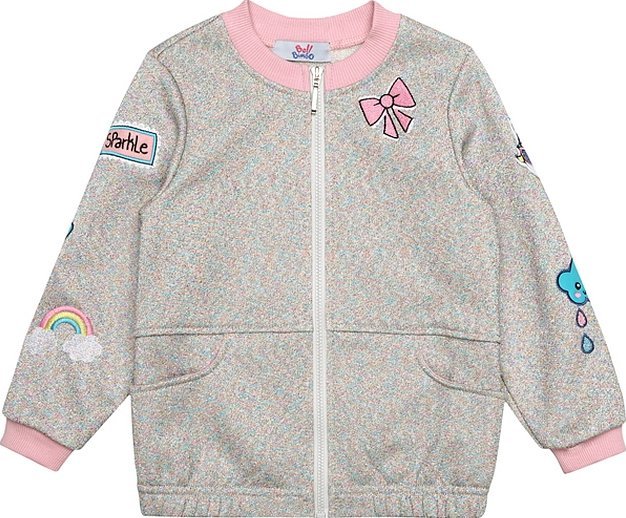
The disadvantages of the fabric include intolerance to high temperatures during washing; exposure to the sun during drying must be minimized.
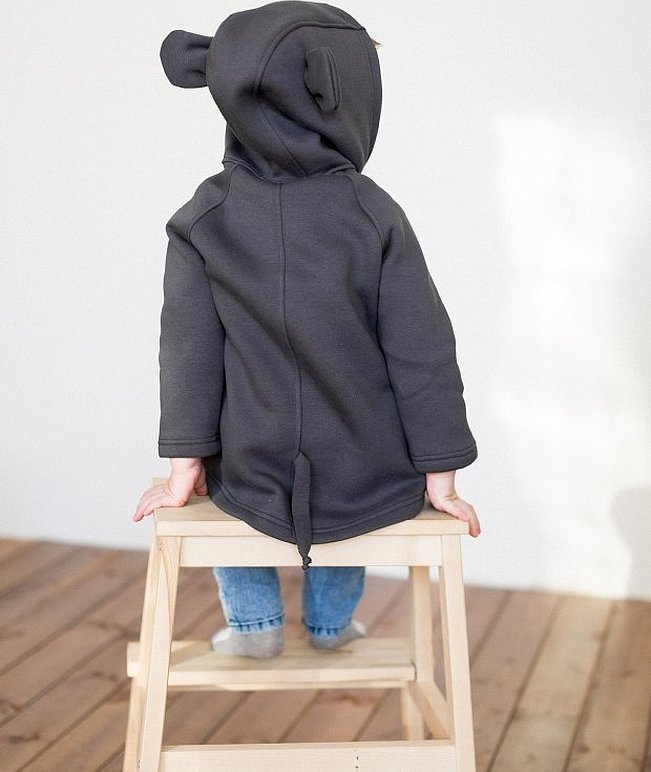
Reviews
Valeria, 25 years old
"I bought a tracksuit for my child. I was worried that he would overheat and sweat in the fuzzy clothes. Nothing like that happens. My son really likes the soft fabric, he would sleep in his favorite clothes and bathe in the bathtub without taking them off. Such funny little ones. I am very pleased with the quality."
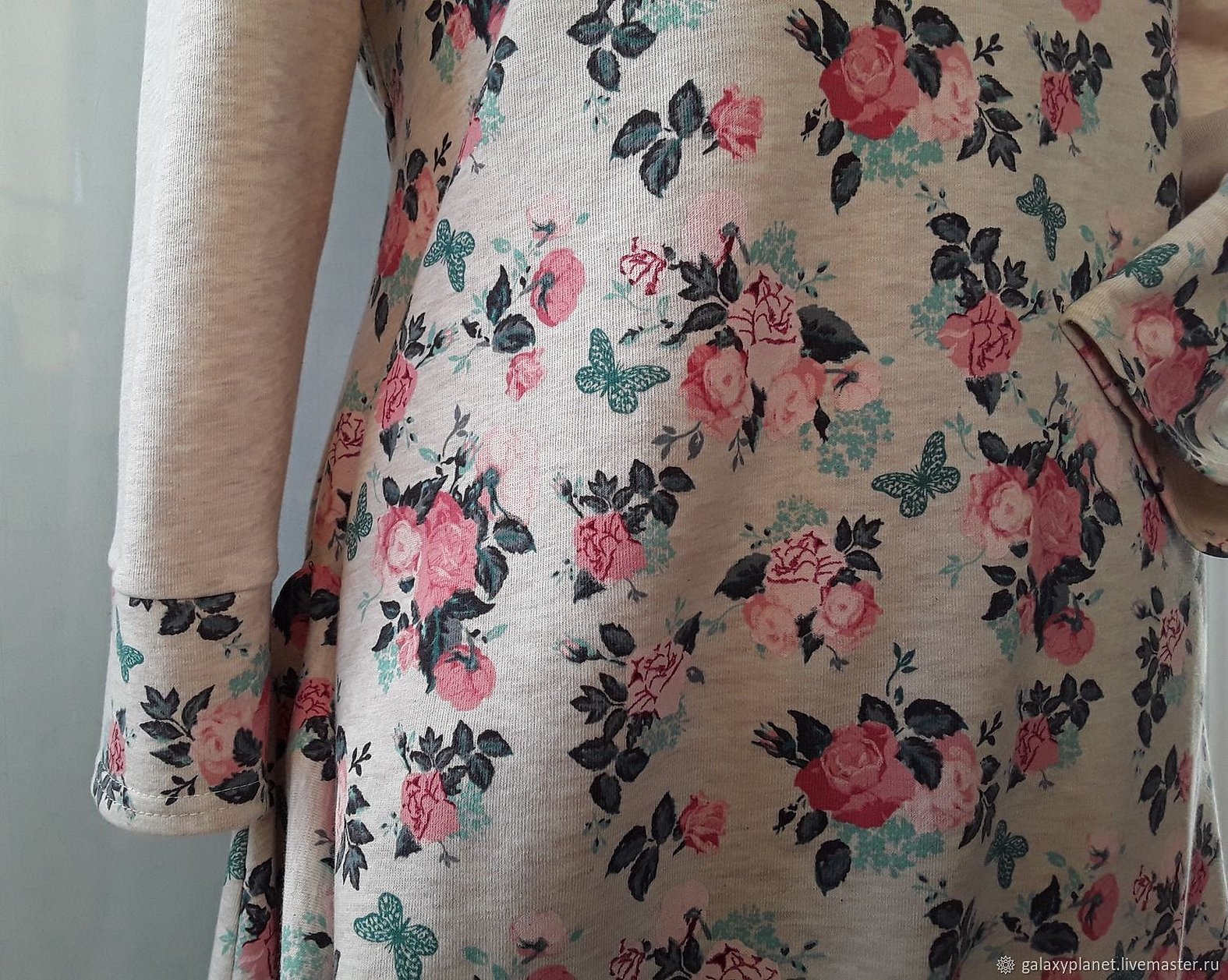
Stas, 29 years old
"I changed my synthetic wardrobe as much as possible after the first signs of allergy. My choice of clothes has become more serious. I am suspicious of gifts, but the sweatshirt made of terry has become one of my favorites. My sister gave it to me. I had not noticed such things in stores before. I am very pleased."
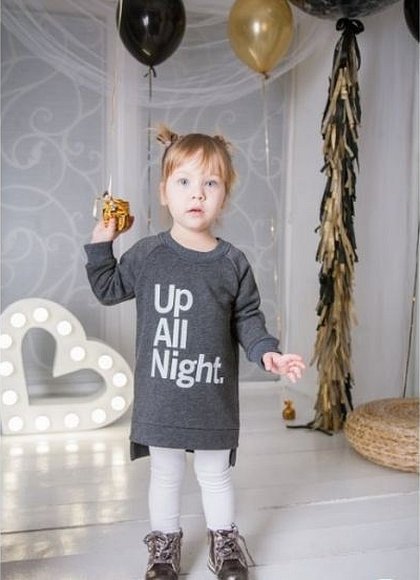
Rita, 45 years old
"I gave my granddaughter a tunic made of 3-thread fleece with fleece. I haven't figured out what this name is yet, but my girl is happy, and my daughter suggests that I gather some fabric and sew a couple of things for the house myself. We'll probably do that."

Three-thread footer is an excellent fabric. It is not only environmentally friendly and durable, but also high-quality and has an affordable price. It is produced for almost all types of clothing. Based on reviews, it is great for children



